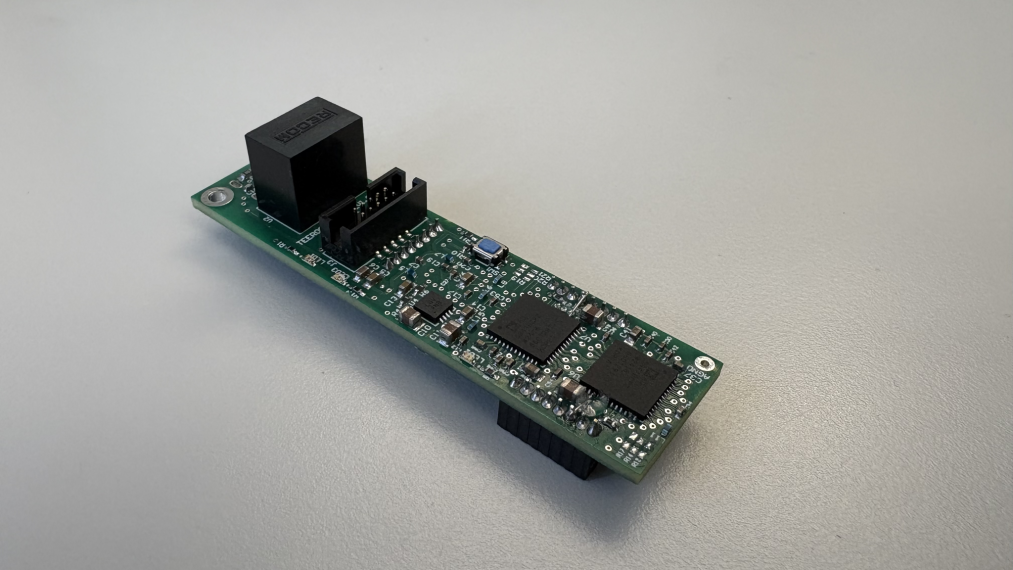UNLOOC - Unlocking the data content of Organ-on-Chips
Ingénierie et Architecture

The European UNLOOC project aims to overcome the challenges associated with animal testing in drug development by demonstrating how innovative methods based on in vitro Organ-on-a-Chip (OOC) technology can facilitate the creation of more effective treatments while eliminating the need for animals. The OOC technology developed within this framework will not only enable controlled drug testing but also the modelling of the pathophysiology of diseases.
Within HES-SO, HEPIA is participating in the development of an in vitro lung cell model inside an OOC, a Lung-on-Chip, by developing a measurement system to monitor the cell barrier integrity using bioimpedance to the transepithelial electrical resistance (TEER). The cell barrier TEER characterises the barrier's ability to resist a current by regulating ion passage using tight-junctions. Those junctions are responsible for the good function of the barrier as they help to maintain homeostasis within the lungs, avoiding the wrong particles to be transported from the apical to the basolateral side.
The UNLOOC bioimpedance measurement device consists of two printed circuit boards (PCBs), one for measurement and one for acquisition. The first PCB incorporates a measurement head with a high-precision impedance converter system that sweeps a wide frequency spectrum (1Hz to 100 kHz), enabling the impedance recording and extracting the TEER of cell barriers. The second PCB acts as an interface to the culture plate, connecting it to the measurement electrodes. These electrodes, made from biocompatible materials, are immersed in the nutrient liquid. HEPIA is developing an innovative version of these electrodes as part of the project. These are porous, flexible electrodes, micro-fabricated in a clean room, which enable TEER to be measured in contact with the cells at the air-liquid interface, rather than being immersed in culture medium, allowing more physiological culture during the barrier integrity assessment.
As part of the wider UNLOOC project, the data generated will train an analysis system based on artificial intelligence to monitor the barrier health and track any recovery, pathological formation or disruption in the barrier during culture, toxicology or drug testing.